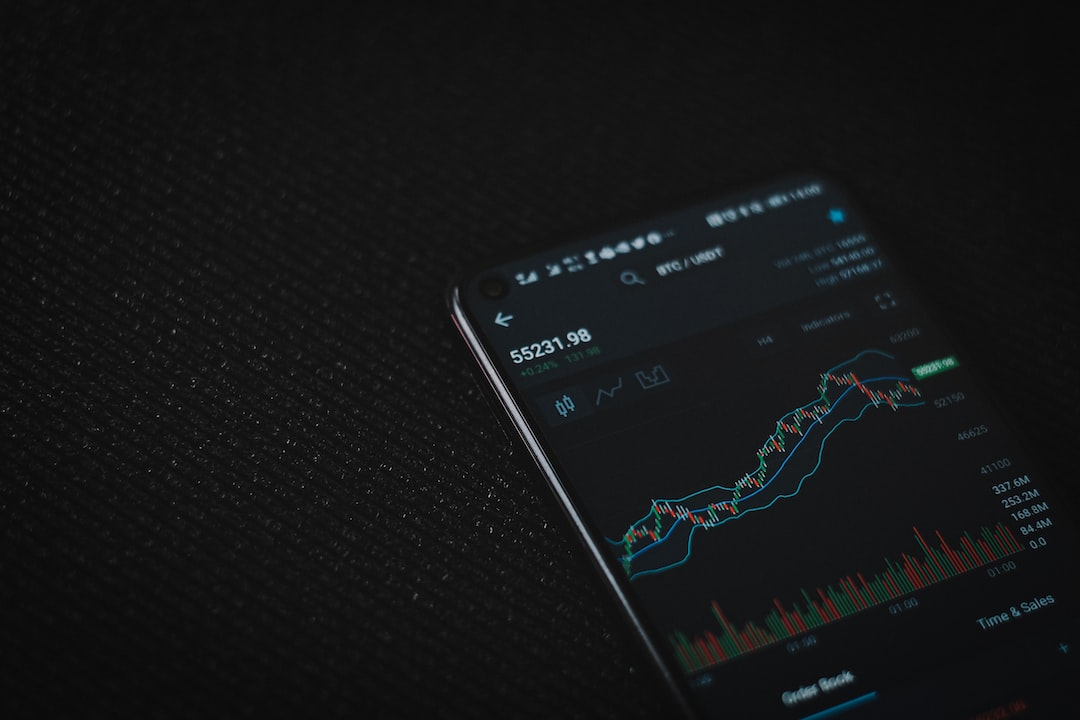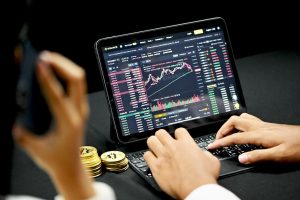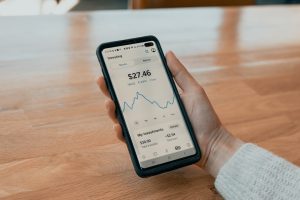Forex is a popular market for traders to buy and sell currencies. Going live on forex means that you are ready to trade real money instead of just practicing on a demo account. Going live on forex can be a daunting experience, but with the right preparation and knowledge, you can make the most of your trading experience. In this article, we’ll take a look at how to go live on forex and what you should consider before taking the plunge.
Step 1: Choose a Broker
The first step to go live on forex is to choose a broker. A broker is a financial institution that acts as an intermediary between buyers and sellers in financial markets. A good broker will offer you a range of trading tools and platforms, as well as low spreads and commissions. When choosing a broker, consider their reputation, regulation, and customer support. You should also make sure that the broker you choose offers the currency pairs that you want to trade.
Step 2: Open an Account
Once you have chosen a broker, the next step is to open an account. You will need to provide personal information and complete a Know Your Customer (KYC) process. This process is designed to prevent money laundering and other financial crimes. You will also need to provide proof of identity and address, such as a passport and a utility bill. Once your account is open, you can deposit funds and start trading.
Step 3: Choose a Trading Platform
Most brokers offer a range of trading platforms, including desktop, web-based, and mobile platforms. Make sure to choose a platform that suits your trading style and preferences. You should also consider the features and tools that are available on the platform, such as charting tools, news feeds, and technical analysis indicators.
Step 4: Practice on a Demo Account
Before going live on forex, it’s a good idea to practice on a demo account. A demo account is a simulated trading environment that allows you to trade with virtual money. This will give you a chance to test your trading strategies and get familiar with the trading platform. Demo accounts are usually free and can be accessed through your broker’s website.
Step 5: Develop a Trading Plan
Before going live on forex, you should have a trading plan in place. This plan should include your trading strategy, risk management rules, and trading goals. Your trading strategy should be based on technical and fundamental analysis, and should be tailored to your trading style and preferences. Your risk management rules should include stop loss and take profit levels, as well as position sizing rules.
Step 6: Monitor the Markets
Once you go live on forex, it’s important to monitor the markets closely. Keep an eye on economic news and events that may affect the currency pairs that you are trading. You should also monitor your open positions and adjust your stop loss and take profit levels as necessary. Remember to stick to your trading plan and avoid making impulsive trades based on emotions.
Step 7: Review Your Performance
After trading for a few weeks or months, it’s a good idea to review your performance. Look at your trading history and analyze your trades to identify areas for improvement. You should also review your trading plan and make any necessary adjustments. This will help you to become a better trader and improve your profitability over time.
In conclusion, going live on forex requires careful preparation and planning. Choose a reputable broker, open an account, choose a trading platform, practice on a demo account, develop a trading plan, monitor the markets, and review your performance. With the right approach, you can make the most of your trading experience and achieve your trading goals.





